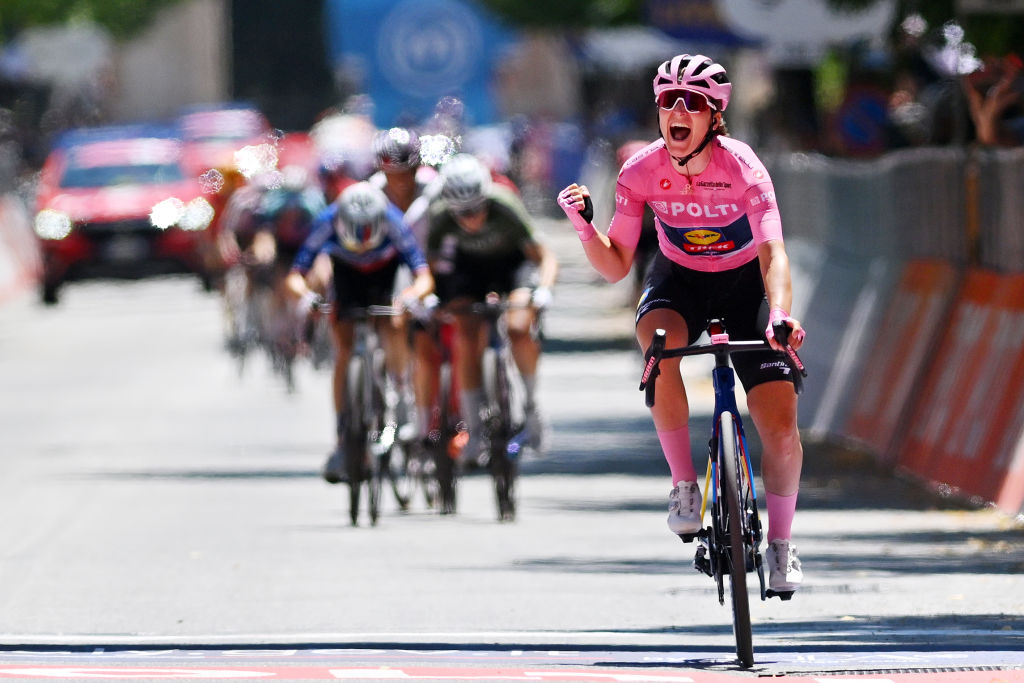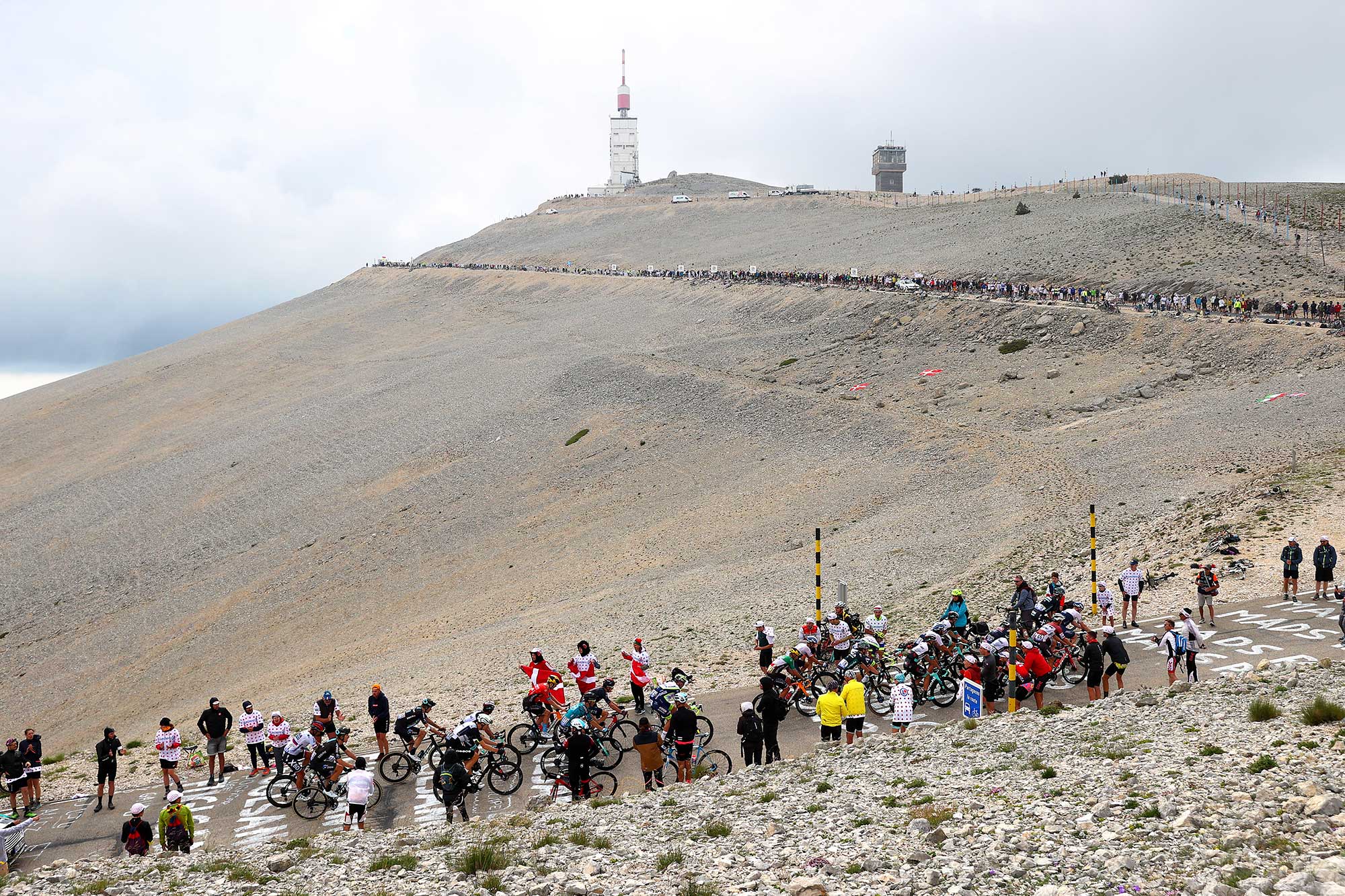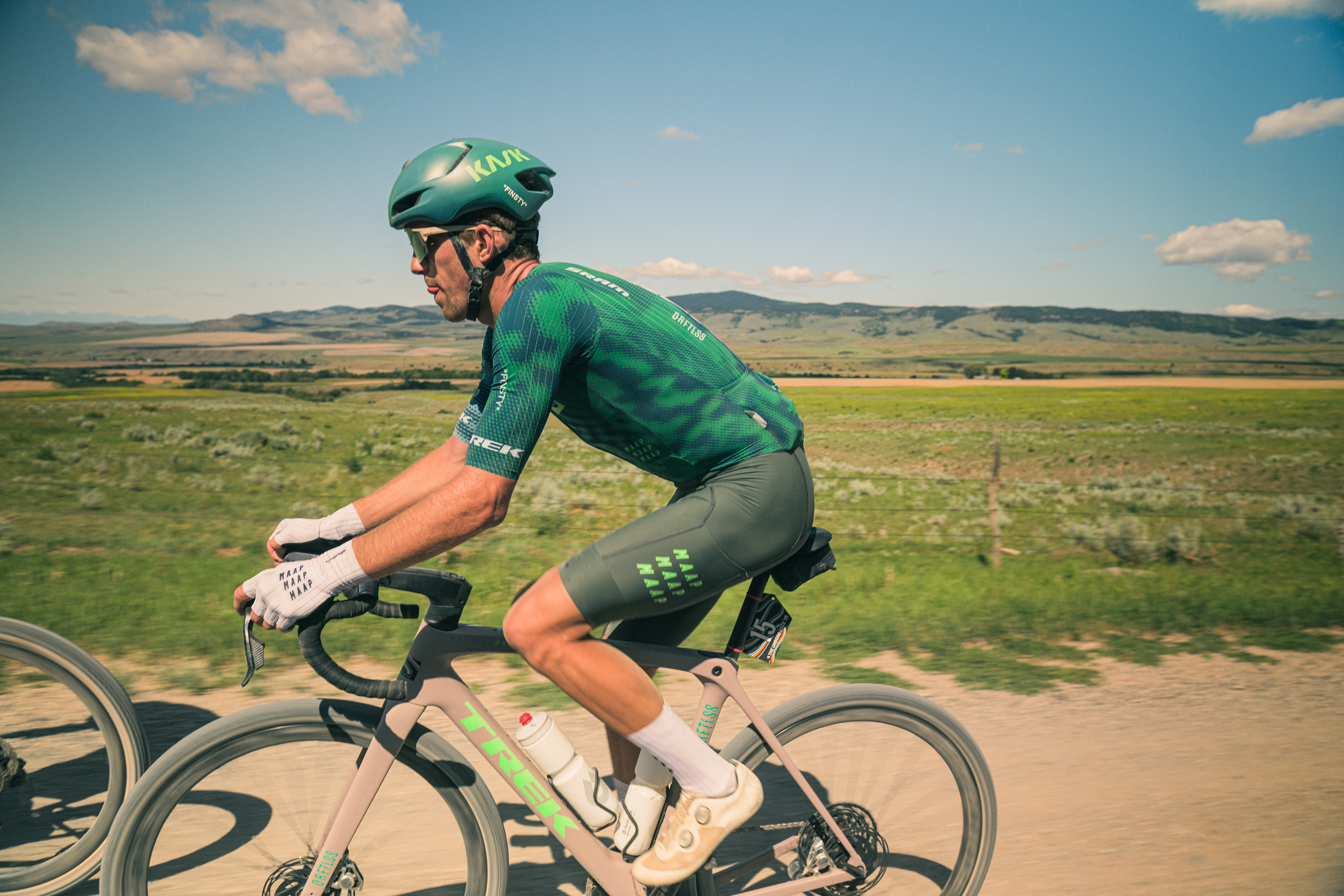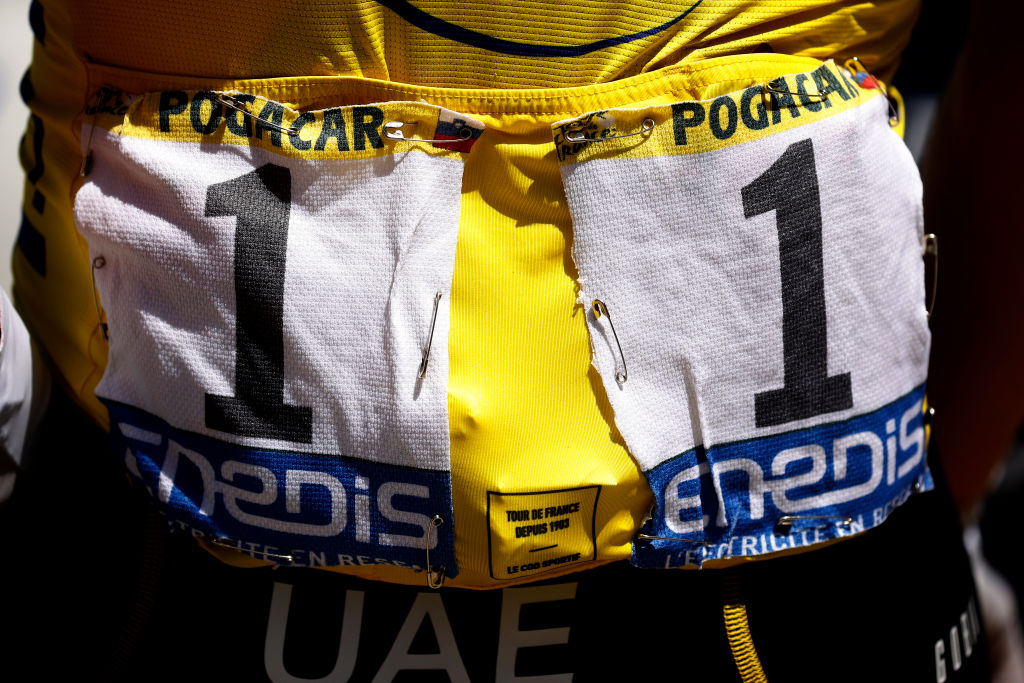2012 Vuelta a España: a climber's race
A closer look at the 67th edition's key stages
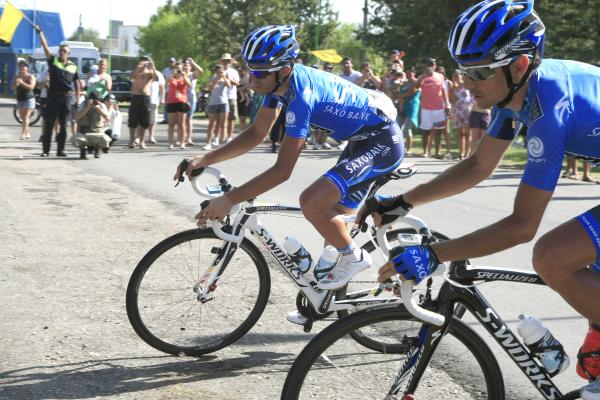
Remember last year's Giro d'Italia? Race organisers cooked up a brutal parcours in celebration of the 150th anniversary of the unification of Italy. At the 2012 Vuelta a España, no such invitation is required. This is a race where the pure climbers will thrive and the men who prefer the flat lands, need not apply.
While both grand tour's share a common ground in their arduousness, what sets la Vuelta apart is the fact that race director, Javier Guillén, has set a parcours that has shorter stages which means explosive racing and rewards contenders for attentiveness.
Apart from the accented parcours of the 67th edition of la Vuelta, there is of course the return of Saxo Bank - Tinkoff's Alberto Contador, who will race his first grand tour of the season after a back-dated two year ban for a failed drugs test in 2010. Stripped of his 2010 Tour de France title, his third, and also his Tour of Italy title of 2011, Contador is favourite to win in three week's time with the help of his Spanish teammates Jesus Hernandez, Daniel Navarro, and Benjamin Noval. In Hernandez, Navarro and Noval, Contador has tried and trusted lieutenants so it's no surprise that Saxo Bank - Tinkoff sports director, Brad McGee believes that this is a course that is well-suited to his charge.
"The course suits Alberto well along with a number of other riders," said McGee. "There are multiple uphill finishes and to mention one of the key stages, I'd say the penultimate stage to Bola del Mundo which is a significantly demanding climb especially this late in the race. There's one individual time trial over 39 kilometers but as it contains both a climb and a descent, it's well-designed for Alberto.
"But there are other riders who can benefit from the course," he added. "Christopher Froome (Sky) is naturally an obviously powerful opponent as he is excellent on the climbs and on the time trial. But also Rodriguez [Joaquin] is a threat. He's got a very strong team and he'll never stop fighting while [Juan Jose] Cobo (Movistar) is probably eager to defend his title. However, we're doing our own race and we're confident that we'll do an aggressive race and achieve a good result because of that."
Cobo has set himself a light start to the 2012 season in preparation for his title defence but is cautious over whether he can go back-to-back, telling AFP that this year's route is: "extremely demanding. Maybe too demanding for me."
Twenty-one stages, one team time trial, one individual time trial, 10 summit finishes, 36 categorised climbs, mostly in the north of Spain, the 2012 Vuelta kicks off in Pamplona where instead of racing the city's famous bulls, the 198 starters can race the clock.
The key to the team time trial opener comes in the first half of the 16km test with any time gained on rivals there sure to even out with the technical final few kilometres which follows the route taken by the bulls and a few thousand hardy souls each July. Former road and time trial world champion Abraham Olano doesn't believe that the time gaps will be significant, "but it is a spectacular way to start the race," he said.
Stage 3, 155.3km from Faustino V - Eibar (Arrate) should provide the first test for the major players despite the day's highest point reaching a comparatively short 940 metres. Gaps will be at a premium. The next day however, presents the first summit finish at Estación de Valdezcaray.
"The Orduña is a very tough climb but once over that you're on a plateau," explained Garmin-Sharp directeur sportif Bingen Fernández. "The key issue there is the wind, although in September it tends not to be very strong. Valdezcaray is a long climb but not hard enough to split the race wide open."
Fans of the bunch sprint will have to wait until Stage 5 when the peloton tackles several circuits around Logroño.
"There's uphill finishes either side of this stage so they've wisely made this one straightforward," said RadioShack - Nissan's Markel Irizar. "I'm fairly sure this stage will finish with a bunch sprint, especially as many riders will be saving themselves for Jaca the next day."
The next bunch sprint should occur on Stage 7 when la Vuelta returns to the Aragón region and the 164.2km rolling parcours comes to an end on a motor racing circuit.
General Classification contenders will be tested on Stage 8, with the race visiting the Collada de la Gallina for the first time. It's a short climb but its irregular and tight ascents make it one where that handful of riders will have to be on their guard.
"The first of the tough summit finishes, at a point where fatigue will be starting to have an effect," explained Euskaltel Euskadi's Igor Anton. "We will see who's come for the GC and riders will lose ground due to the attritional nature of the stage rather than as the result of attacks."
Fast forward just a little to Stage 11, and by the end of this 39.4km individual time trial will provide a final selection of true contenders. True to form, this test against the clock even has a cat 3 climb to Alto Monte Castrove. The course is technical, and the climb's descent could cause the odd headache.
The final week of the 2012 Vuelta will be decisive, with three key stages in the Asturias all finishing at altitude, beginning with Stage 14 - 149.2kms between Palas de Rei and Puerto de Ancares.
"Ancares is one of Galicia's toughest passes and this is a leg-breaker from start to finish," explained Anton. "Because it's short, it will animate the race and the speed will be high. A really strong group will get away at the end and the last 3km are hard."
While the Puerto de Ancares is making only its second appearance, the Lagos de Covadonga is making a return in la Vuelta for the 18th time on Stage 15.
"Over the years, this has always been an important climb when it comes to the GC," said Fernández. "This stage will trim down those in contention even further. It's the middle of three brutal stages and they seem to run three in a row quite regularly."
Three consecutive days of racing to altitude leads to the queen stage, 183.5km Stage 16 from Gijón to Valgrande-Pajares (Cuitu Negru). The road from the ski station has been resurfaced and this all-important stage before the second rest day will provide a definite highlight of this year's Vuelta. The Cuitu Negru adds 2.8km to the climb to Valgrande-Pajares and it has two major ramps - one of 24%, the other of 25% before a final 500m into the clouds averaging at 17%. It's one major ouch but it might not be over just yet.
After a few days of relief, la Vuelta's penultimate stage, 169.5km of racing between La Faisanera Golf. Segovia 21 and Bola del Mundo should force the race leader to prove themselves. It's steep and is highlighted by five categorised climbs. This was of course the setting for Vincenzo Nibali to cement his historic overall victory in la Vuelta in 2010 where he defied a determined effort from Ezequiel Mosquera to finish second by one second behind his Spanish rival on the stage.
Race organizers will no doubt be hoping that the Bola del Mundo provides a similar nail-biting finale this time around.
The latest race content, interviews, features, reviews and expert buying guides, direct to your inbox!
As a sports journalist and producer since 1997, Jane has covered Olympic and Commonwealth Games, rugby league, motorsport, cricket, surfing, triathlon, rugby union, and golf for print, radio, television and online. However her enduring passion has been cycling.
Jane is a former Australian Editor of Cyclingnews from 2011 to 2013 and continues to freelance within the cycling industry.
Latest on Cyclingnews
-
Giro d'Italia Women - Past winners
Champions 1988-2024 -
What is Mont Ventoux? All you need to know about the 'bald mountain' that is part of the Tour de France
The statistics and stories behind the mythical mountain in Provence which returns for stage 16 -
Belgian Waffle Ride Montana: Russell Finsterwald claims overall BWR Quad-Tripel men's title with victory in Bozeman
Montana native Stella Hobbs scores major victory in women's race as Flavia Oliveira Parks uses third place to secure series win -
How are Tour de France numbers assigned?
We take a look at how La Grande Boucle decides on each rider’s number
